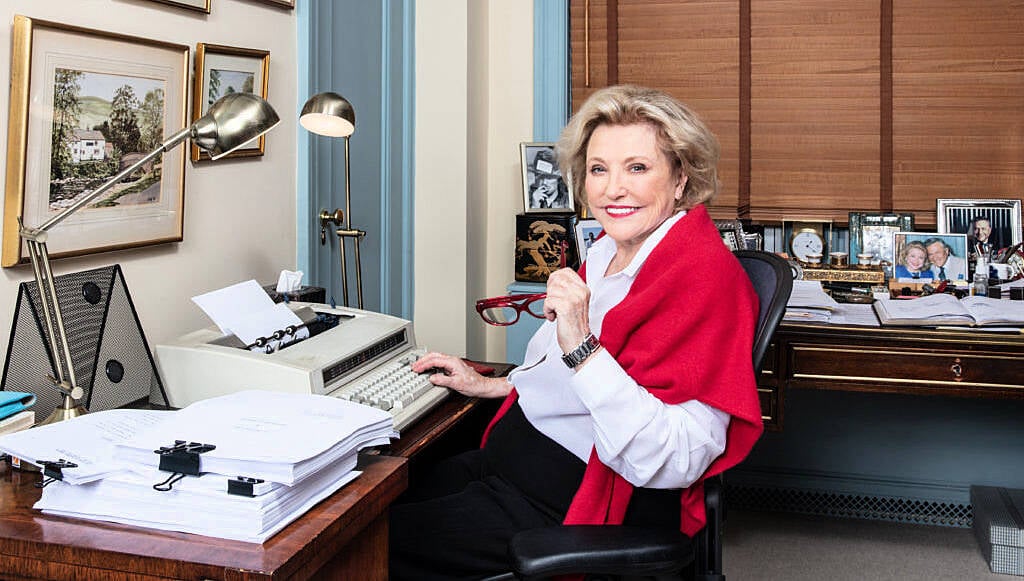WASHINGTON (AP) — Vice President Kamala Harris was asked this week if she thought Donald Trump was a fascist, and she replied “Yes, I do.” She subsequently called him the same thing herself, saying voters don't want “a president of the United States who admires dictators and is a fascist.” But what exactly is a fascist? And does the meaning of the word shift when viewed through a historical or political prism — especially so close to the end of a fraught presidential race? Here's a closer look: An authoritarian, ultranationalist political ideology and movement.
It is often associated with the far right and characterized by a dictatorial leader who uses military forces to help suppress political and civil opposition. History's two most famous fascists were Nazi chief Adolf Hitler in Germany and Italian dictator Benito Mussolini. Known as Il Duce, or “the duke,” Mussolini headed the National Fascist Party, which was symbolized by an eagle clutching a fasces — a bundle of rods with an axe among them.
At Mussolini's urging, in October 1922, thousands of “Blackshirts,” or “squadristi,” made up an armed fascist militia that marched on Rome, vowing to seize power. Hitler's Nazis similarly relied on a militia, known as the “Brownshirts.” Both men eventually imposed single-party rule and encouraged violence in the streets.
They used soldiers, but also fomented civilian unrest that pit loyalists against political opponents and larger swaths of everyday soc.


















